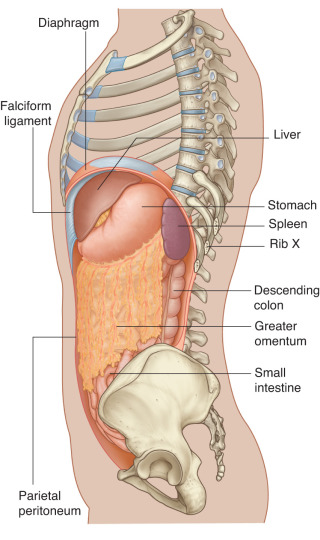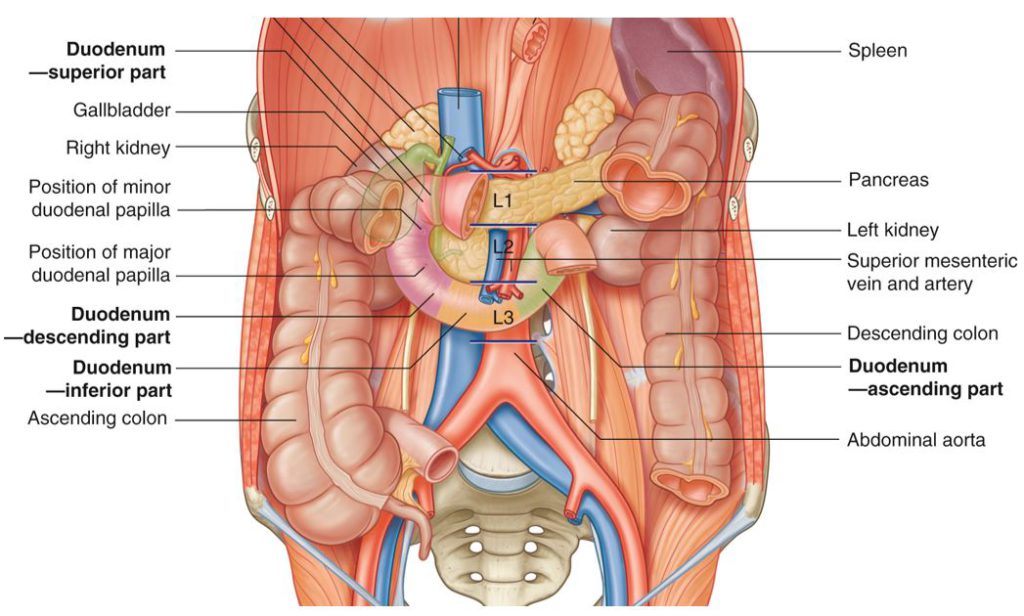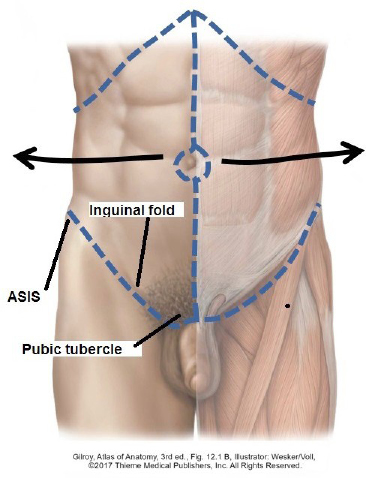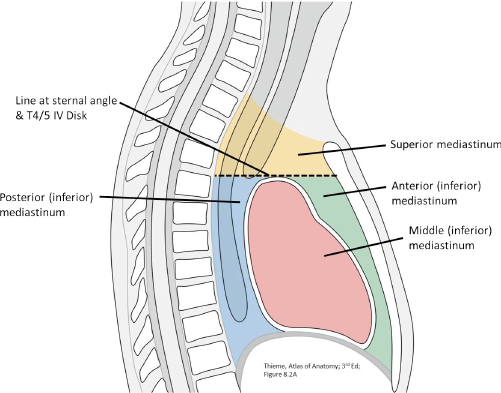Protected: Lab 24: Peritoneal Cavity and Supracolic Region

There is no excerpt because this is a protected post.
Protected: Lab 25: Infracolic Region

There is no excerpt because this is a protected post.
Protected: Lab 23, Station 5: Oral Region and Salivary Glands—Lateral View

There is no excerpt because this is a protected post.
Protected: Lab 23, Station 4: Oral Cavity and Pharynx—Sagittal View

There is no excerpt because this is a protected post.
Protected: Lab 23, Station 3: Nerves and Vessels Associated with the Oral Cavity

There is no excerpt because this is a protected post.
Protected: Lab 23, Station 2: Muscles of Mastication and TMJ

There is no excerpt because this is a protected post.
Protected: Lab 23, Station 1: Osteology Associated with the Oral Cavity

There is no excerpt because this is a protected post.
Protected: Lab 11: Peritoneal Cavity and Supracolic Region

There is no excerpt because this is a protected post.
Protected: Lab 10: Dissection: Anterior Abdominal Wall (AAW) and Inguinal Region

There is no excerpt because this is a protected post.
Protected: Lab 9: Mediastinum and Heart

There is no excerpt because this is a protected post.